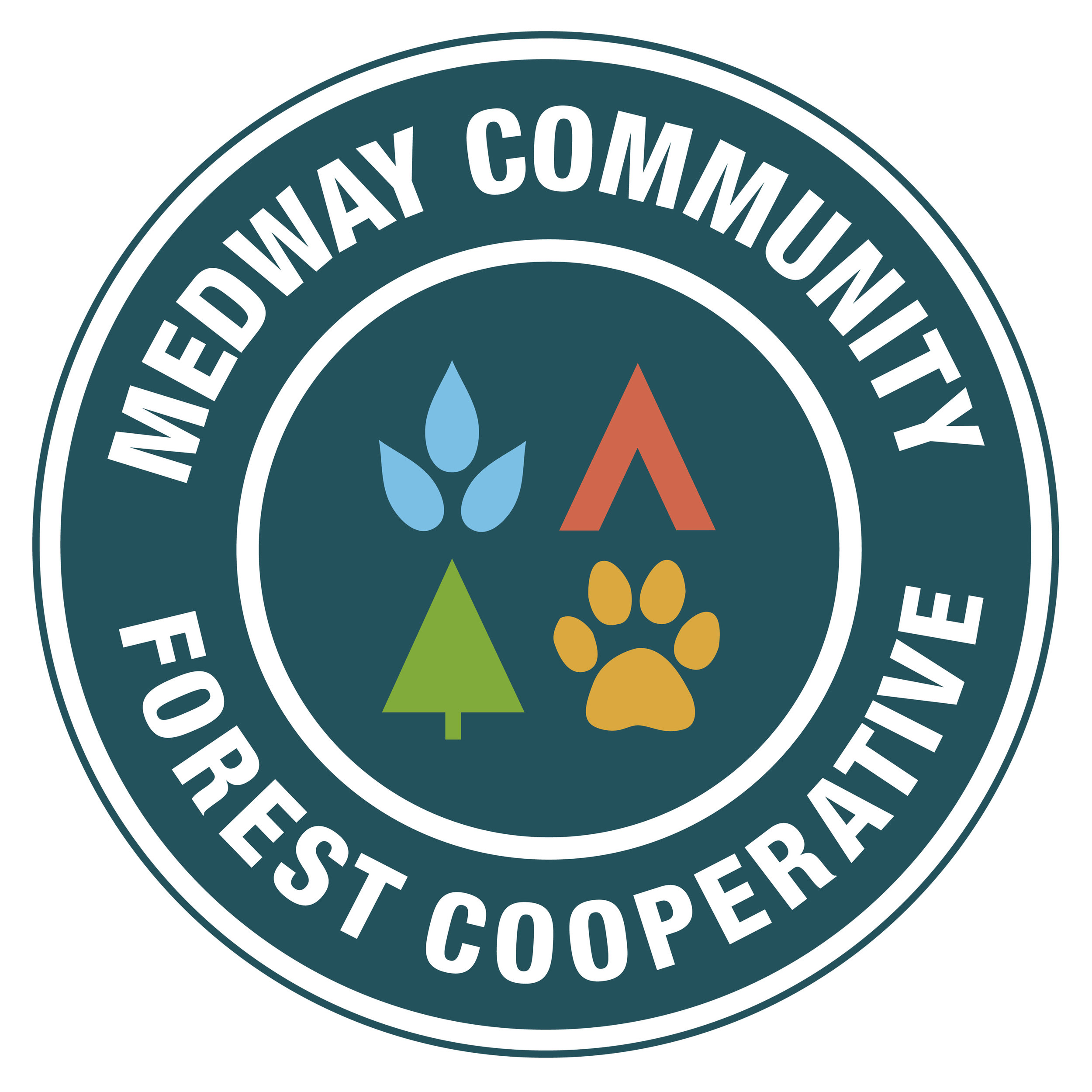Spring Newsletter 2021
Spring ephemerals are popping up all over, migratory birds are returning, and deciduous trees are budding out… it’s an awe-inspiring time to be out exploring in the woods!
We have welcomed Emily Snair to the MCFC team as the Community Outreach Intern this summer. Emily is currently an undergraduate student at Saint Mary's University completing an Honours in Environmental Studies and a minor in Geography. Growing up on the Shore Shore of Nova Scotia, Emily has always appreciated this region's rural communities, and her and her partner recently built a home on the Aspotogan Peninsula. Although being interested in a broad range of environmental topics, her primary interests are natural resource management and community development, particularly in rural areas. You’ll be able to connect with Emily through summer events, webinars, and at some farmers markets in the region. Keep an eye on our website events page, and social media for dates.
Market and Operations Capacity Development
We’re happy to announce the MCFC was awarded with funding through the Investment Readiness Program to hire a consultant for the development of new timber market opportunities and increased contractor capacity. We’ve awarded the project to the Climate Forest Company, whose experience in sawmilling, forest operations and carbon-smart supply chains will be a huge asset to our organization. The final report for the project will include recommendations for new local and export timber-based products and ways to maximize efficiencies in harvesting on the MCFC license area.
The Four Mile Stillwater Trail in Annapolis county off Hwy 8, is all freshened up for the season!
HARVEST OPERATIONS UPDATE
In April we began an irregular shelterwood harvest with RC Weare Logging. For this spruce/pine mixed stand, the prescription reduces the overall basal area by 40%. This is executed by clearing 25, 0.1 ha patches that are marked by our foresters during layout, and an overall thinning of 30% between them.
Following existing stand openings and presence of advanced regeneration, the patches are located to remove poorer quality trees and open up space on the forest floor for shade tolerant to mid-tolerant species to regenerate. With a good seed source for red oak and white pine and some added space and sunlight, this cut helps promote a diversity of species and multi-aged forest conditions. The 0.1 ha size meant to mimic the loss of an old super canopy tree, or small blowdown event.
We’re hoping to be able to host an operations tour again this summer. Stay tuned for opportunities to come checkout some of this work and talk more in person about ecological forest practices.
Irregular shelterwood harvest completed this spring with RC Weare Logging
WHAT’S COMING UP
Silent Season for Migratory Birds
For the month of June, we implement a silent season (also called the singing season), ceasing all forestry activities to avoid the destruction of nests and prevent noise disturbance during peak breeding season. Breeding season varies by bird species but is mostly concentrated around the late spring/early summer.
The Migratory Birds Convention Act prohibits the destruction of migratory birds, their young, and their active nests at any time of year. The best way to avoid the destruction of birds and nests is to avoid harvesting during the breeding season.
Photo: Hermit thrush (Catharus guttatus) are ground nesters - Spring 2020
We will also be kicking off our annual breeding bird monitoring study next week. Being high in food chains, birds are particularly susceptible to environmental changes and are valuable indicators of the state of the environment. Last spring we detected various Species at Risk (SAR) in our plots including four Olive-sided Flycatchers and three Eastern Wood-Pewees. From ongoing bird monitoring and collaborative work with forest bird SAR researchers, we are working to develop best management practices to ensure habitat for these birds is preserved, promoting operations that maintain or increase habitat suitability. Our continued monitoring will allow for long-term analysis over the coming decades, even integrating some data collected over 20 years ago when the license area was owned by Bowater!
Caledonia Community Tree Plant
In partnership with the Mersey Tobeatic Research Institute, and with funding from the Sustainable Forestry Initiative, we have developed a Community Greening and Climate Adaptive Forestry program for the town of Caledonia. The overall goal is to support revamping the village in coordination with the Gateway to Kejimkujik community development project. In the process, we will also increase resiliency in our street trees, promote awareness of our changing climate and engage students at the North Queens Community School in tree planting, and tree health assessments. The project area is along Trunk 8 through town, and up West Caledonia Road to the school - if your home is along this route reach out! Or expect us to stop by (from a distance and masked) with more details.




